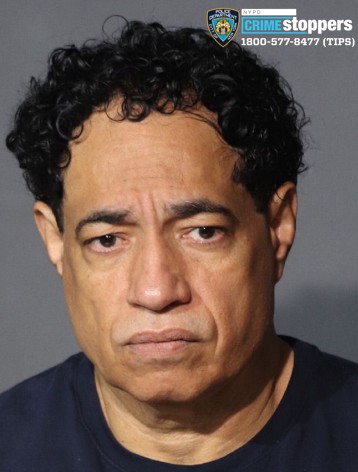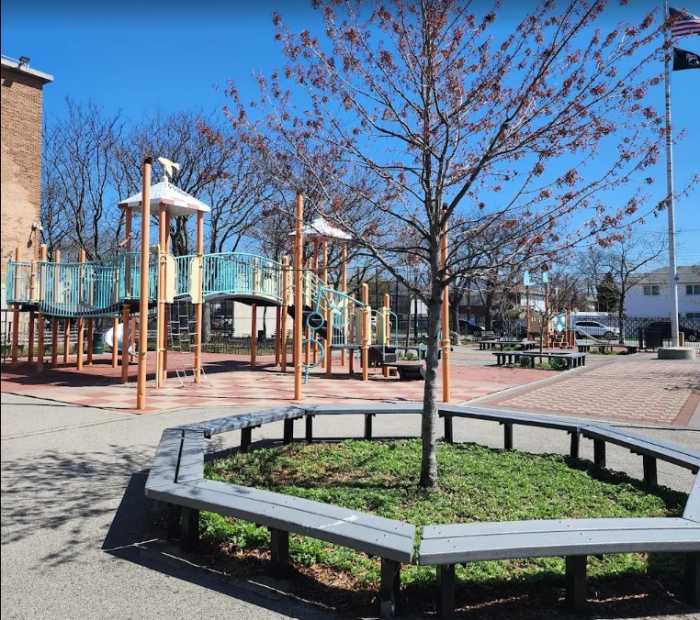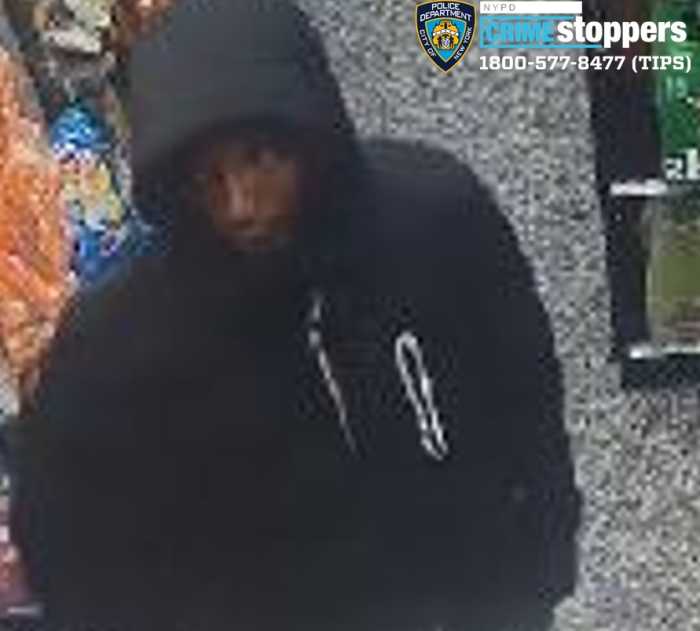By Alex Christodoulides
Rabbi Robert Kaplan, who is the founding director of the New York Center for Community and Coalition Building, a division of the Jewish Community Relations Council of New York, led the discussion after the screening. In a twist of fate, he arrived late because he had to attend a meeting following an incident Sunday night in which a 16-year-old Jewish boy was allegedly attacked and injured by a group of black youths in Crown Heights, Brooklyn. The neighborhood is the same one where riots rocked the Caribbean black and Hasidic Jewish populations in 1991 following the deaths of a black youth and a Yeshiva student.”Race has been a part of the dirty laundry of American history,” Kaplan said to the audience of mostly white Jews and one black woman. “The reality is we are still struggling with some of these inequalities in society.”The film, made collaboratively by a group of Jewish and black filmmakers, focuses on several conflicts in the last 50 years including the 1991 Crown Heights riot, real estate blockbusting practices in the late 1960s and others to examine the misunderstanding and mistrust that has grown up between the two groups since the civil rights movement.The blockbusting segment in the film focused on a Chicago neighborhood where blacks arriving from the South moved into predominantly Jewish neighborhoods whose population turned over as Jews moved out to the suburbs. While the Jews had easily gotten loans to buy their houses, banks refused to give mortgages to the newly arrived blacks, who were forced to turn to unscrupulous lenders – sometimes Jews – who inflated the property values and offered contracts the buyers could not afford. It was a precursor to today's balloon mortgages and foreclosures.The black buyers knew they were being taken advantage of, organized and refused to pay. When the black buyers were evicted for nonpayment, Rabbi Robert Marx and a Catholic priest stood together with the black community and were subsequently ostracized by their own communities, Marx said.”I was amazed to see that this didn't become a black-Jewish issue, that people on both sides were mature enough to see” that it was more complex than that, Marx said. “Today things very quickly become a black-Jewish thing.”Returning to black-Jewish hate crimes, Kaplan said anti-Semitic incidents are actually less common now than in the past, but hate crimes in general have risen by 20 percent in New York City and by 8 percent nationally in recent years.”We're seeing a rise in this, and many of these kids don't know what it means – they just know it gets a rise out of people,” Kaplan said. “Most of these crimes are committed by kids between the ages of 14 and 19. They don't know what it's about.”Kaplan helped set up dialogue groups in Crown Heights after the 1991 riots so both sides could better understand each other's grievances and culture.”When the Crown Heights riots happened in 1991, when you defined diversity in America, it was mainly in terms of black and white [race],” he said. “Today we know that we live in the most diverse community in the world, with relatively little negative interface.”Reach reporter Alex Christodoulides by e-mail at achristodoulides@timesledger.com or by phone at 718-229-0300, Ext. 155.




































